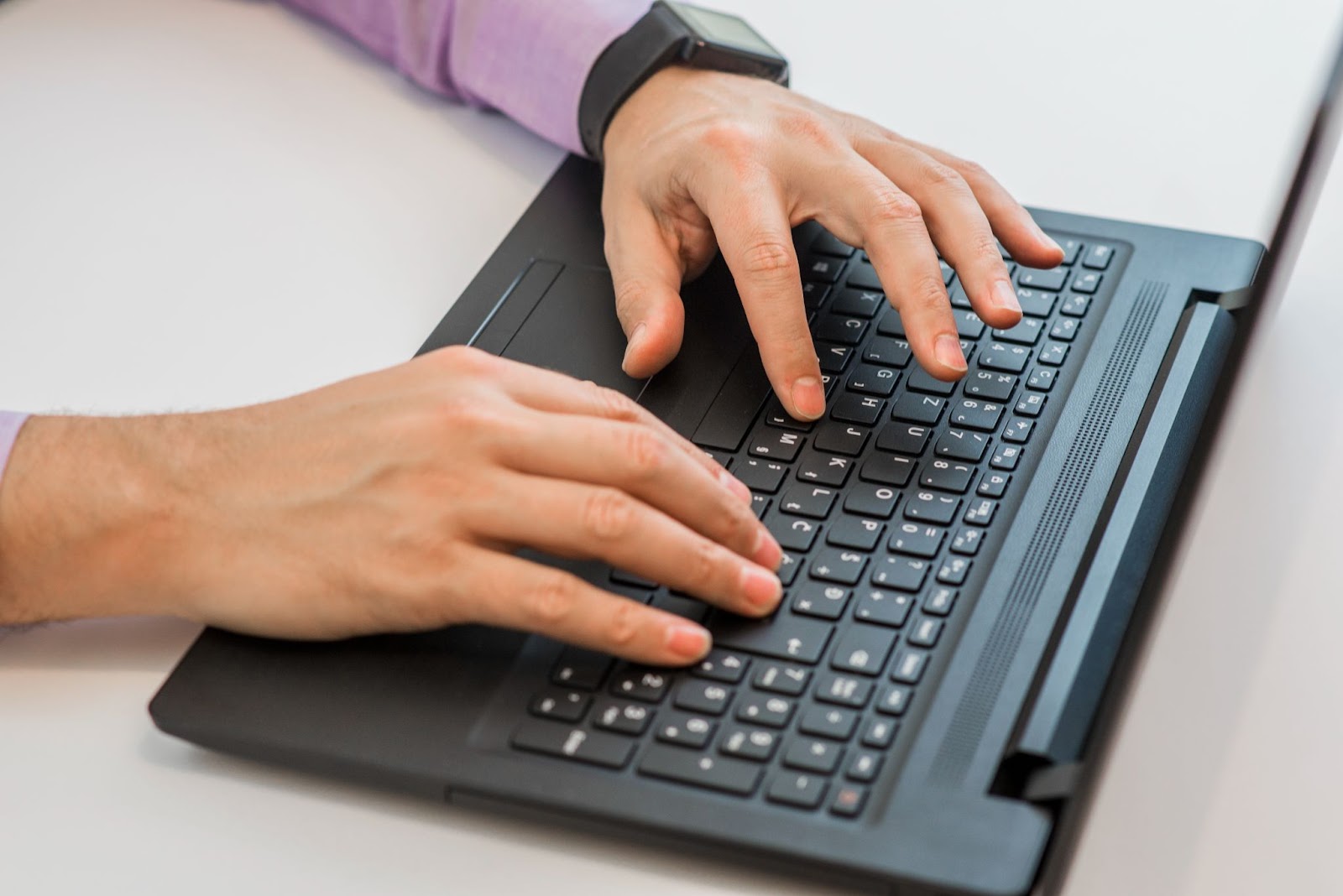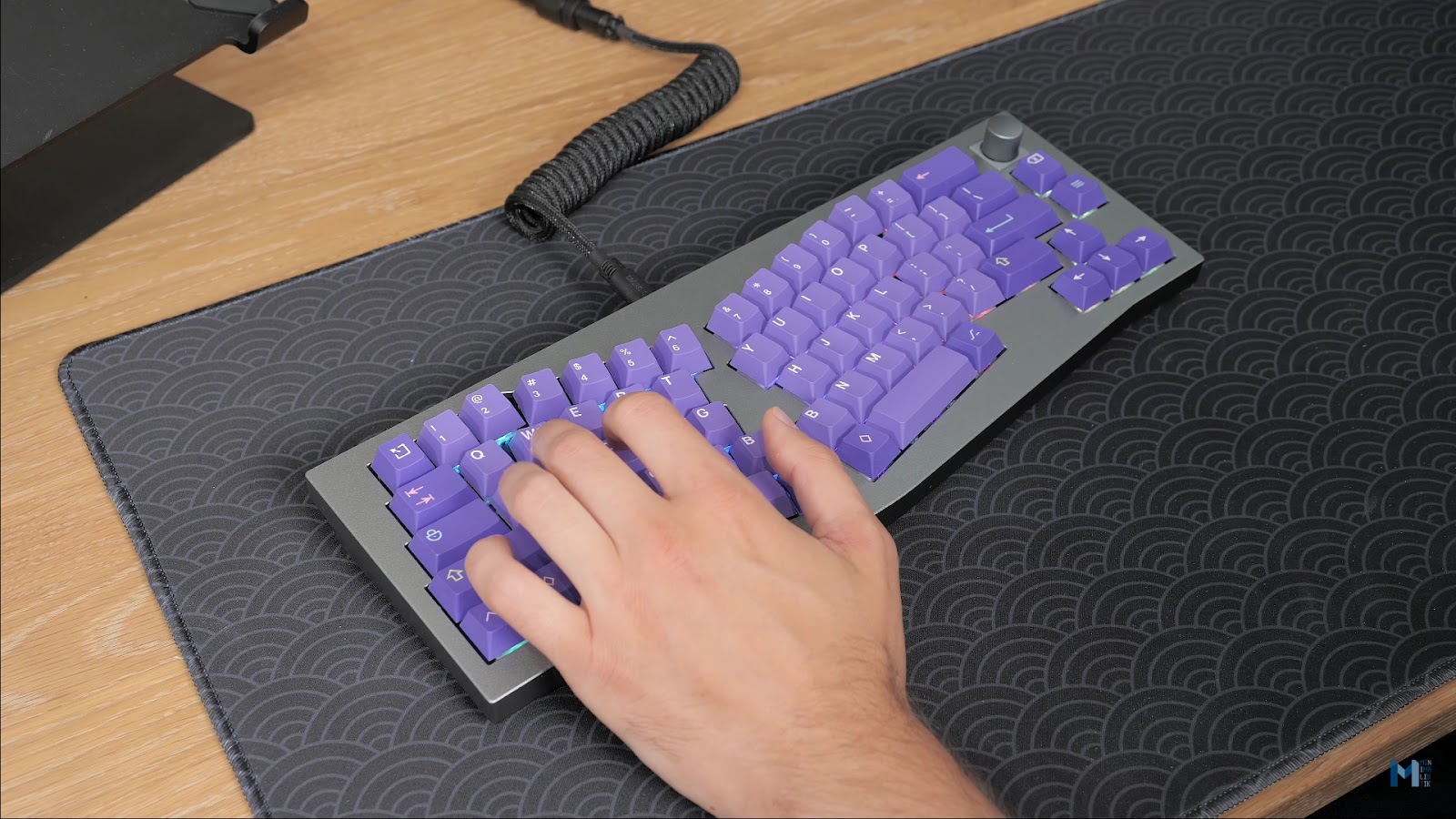Mastering the complexities of diverse keyboard configurations is essential, particularly for individuals engaged in extensive work across various languages. Notably, the Portuguese keyboard layout boasts distinctive attributes and symbols that distinguish it from alternative layouts. Within this manual, we will explore the intricacies of the Portuguese keyboard layout, its notable variances, and strategies for enhancing typing efficiency.
Exploring the Intricacies of the Portuguese Keyboard Layout
The Portuguese keyboard layout is a fascinating fusion of the familiar Latin script with unique characters and symbols essential for crafting the rich tapestry of the Portuguese language. Let’s delve deeper into the nuances and key differences that distinguish the Portuguese keyboard layout from its standard US counterpart.
Accented Vowels
One of the hallmark features of the Portuguese keyboard is its dedicated keys for accented vowels. These keys streamline the process of typing accented characters, such as á, é, í, ó, and ú, which are ubiquitous in Portuguese vocabulary. Here’s a closer look at how these keys enhance the typing experience:
- Dedicated Keys: Unlike the standard US layout where users often resort to combining keys (e.g., ‘ + e = é), the Portuguese keyboard provides specific keys for each accented vowel, ensuring swift and accurate input;
- Efficiency: With these dedicated keys, writers can seamlessly include accents without interrupting their flow of thought, thereby enhancing productivity and text clarity.
Cedilla (ç)
Another standout feature of the Portuguese keyboard is the inclusion of the cedilla (ç) key. This unique character is integral to words like “maçã” (apple) and “açaí,” adding a distinctive flavor to written Portuguese. Understanding the significance of the cedilla key unlocks a deeper appreciation for the language’s nuances:
- Correct Spelling: The cedilla transforms the pronunciation and meaning of words, ensuring accurate representation and comprehension in written communication;
- Cultural Identity: Embracing the cedilla reflects an acknowledgment of Portuguese cultural heritage, fostering a sense of connection and authenticity in language usage.
Tilde ()
The tilde key () holds a pivotal role in Portuguese, signaling nasalization in specific words like “coração” (heart) or “cão” (dog). This diacritic symbol adds a melodic quality to the language, enriching its phonetic expressions. Here’s why the tilde is more than just a typographical element:
- Phonetic Clarity: The tilde denotes subtle yet crucial nuances in pronunciation, contributing to a more accurate and nuanced oral representation of Portuguese words;
- Poetic Flourish: Writers often use the tilde to imbue their prose with a poetic rhythm, creating evocative imagery and enhancing literary appeal.
Euro Symbol (€)
In a nod to economic integration and modernity, the Portuguese keyboard incorporates the euro symbol (€) as a dedicated key. This reflects Portugal’s status as a Eurozone member and simplifies financial transactions and discussions involving the euro currency. Consider these insights regarding the euro symbol on the Portuguese keyboard:
- Convenience: The dedicated euro key streamlines currency-related tasks, such as pricing, budgeting, and financial reporting, catering to both personal and professional needs;
- Global Connectivity: By featuring the euro symbol prominently, the Portuguese keyboard aligns with international standards, facilitating seamless interactions in a globalized context.
In essence, the Portuguese keyboard layout transcends mere utility, embodying a cultural narrative, linguistic precision, and technological integration that resonate with users navigating the vibrant world of Portuguese language and culture.
Optimizing Your Portuguese Keyboard Layout for Enhanced Typing Efficiency
Master Alt Gr for Enhanced Character Access:
- Alt Gr (Right Alt) Key Insight: Get acquainted with the Alt Gr key, a powerful tool on the Portuguese keyboard that unlocks a treasure trove of special characters, diacritics, and symbols;
- Access Accented Letters: Combine Alt Gr with vowel keys (such as A, E, I, O, U) to effortlessly input accented letters like á, é, í, ó, ú;
- Utilize Cedilla and Special Symbols: Learn to use Alt Gr in conjunction with other keys to type the cedilla (ç), symbols like € (Euro), and other unique characters specific to Portuguese.
Harness Keyboard Shortcuts for Swift Input:
- Efficient Symbol Typing: Memorize and utilize handy keyboard shortcuts for frequently used symbols;
- Example Shortcuts:
- Alt Gr + E = é;
- Alt Gr + C = ç;
- Alt Gr + 5 = €.
- Save Time and Effort: Incorporating these shortcuts into your typing routine can significantly boost your productivity.
Personalize Your Keyboard Layout for Optimal Comfort:
- OS Customization Options: Explore the customization features offered by your operating system to tailor the keyboard layout according to your preferences;
- Key Rearrangement: Consider rearranging keys or assigning custom shortcuts to frequently used characters or symbols, enhancing your typing flow;
- Increase Efficiency: Customizing the layout can reduce keystrokes and minimize hand movements, leading to a smoother typing experience.
Cultivate Typing Proficiency and Fluency:
- Consistent Practice: Enhance your proficiency with the Portuguese keyboard layout through regular typing exercises and practice sessions;
- Typing Speed and Accuracy: Focus on improving both speed and accuracy by engaging with Portuguese keyboard settings consistently;
- Utilize Online Resources: Explore online typing tools and resources designed specifically for Portuguese learners to refine your typing skills effectively.
Conclusion
The Portuguese keyboard layout is meticulously designed to cater to the needs of individuals engaging with the Portuguese language, seamlessly integrating vital accented characters, symbols, and efficient shortcuts. By grasping its distinctive attributes and refining your typing skills, you can significantly boost your effectiveness and interaction within Portuguese-speaking environments. Embracing the adaptability of the Portuguese keyboard layout paves the way for discovering fresh avenues in your linguistic exploration.



